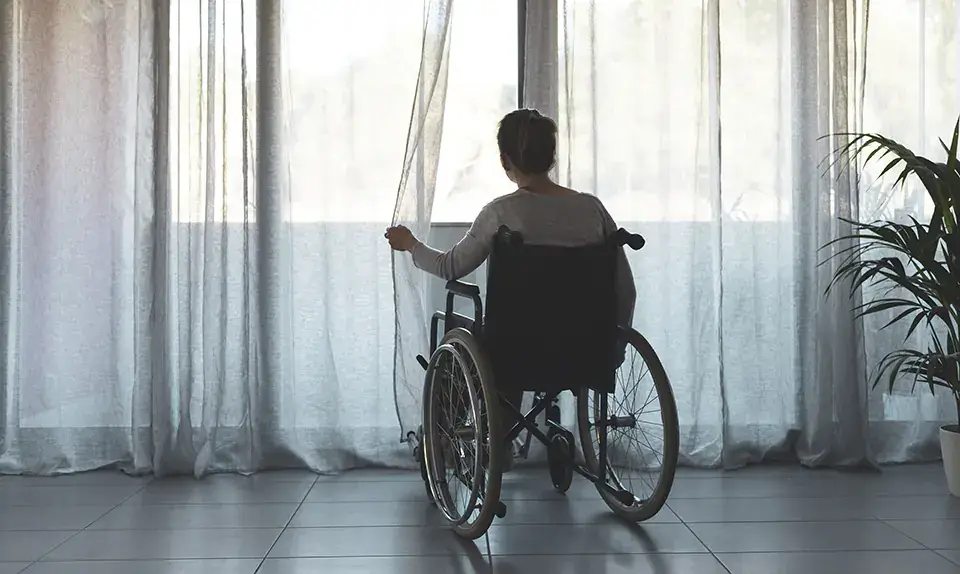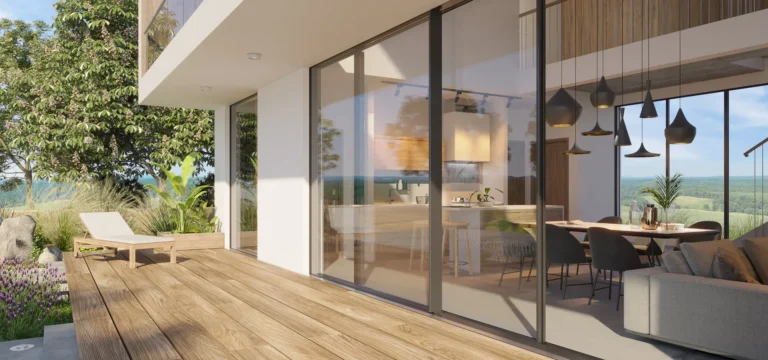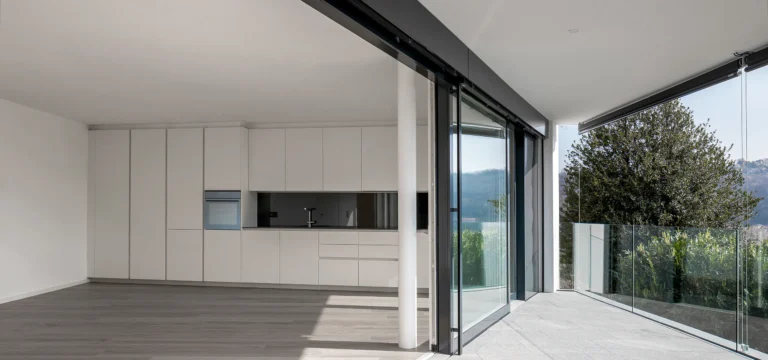Table of contents:
Proper installation of windows
The basic issue, which should be particularly taken into account at the stage of designing the house, is the appropriate preparation of openings and the installation of windows at such a height that they can be operated by users with disabilities. A person on a wheelchair is in a sitting position, and thus – will not often reach where windows are normally located. Therefore, it has been assumed that the lower edge of windows adapted to the needs of disabled people should not be higher than 80-85 cm above the floor level. The height of such a person on a wheelchair should allow comfortable operation of the window, and also allow for free observation of the landscape through it.
The question of height also applies to window sills. They also should not be higher than 85 cm above the floor. In their case, the depth should also be taken into account, which should not exceed 5 cm. Too wide sills can make it difficult, and possibly even impossible, to reach the handle and operate the window.

The way of opening
When adjusting the window joinery to the needs of people with disabilities, one must not forget to choose an adequate method of opening the window so that it does not cause any problems for its user. Windows that are particularly convenient for the disabled are sliding, pivot and tilt windows. Most often, however, customers opt for tilting options.
The best solution will be to choose windows with fittings that allow the handle to be mounted on the lower beam of the sash frame. After turning the handle, the fittings themselves push the sash and open the window, which makes the entire service much easier. This way, it is easier to operate the window while sitting in a wheelchair.
A wide range of handles allows you to choose the right one for a given situation. It’s good to be able to easily operate it with one hand. Perhaps it is also worth choosing a model in a distinctive color, contrasting with the window veneer. For convenience, they can also be special, elongated handles, more convenient to use than standard options.
Yet another solution that will be especially appreciated by people lying down or having problems with raising their arms, will be the installation of automatic control using a remote control or smartphone application. The integration of windows and patio doors as well as external roller shutters or blinds with the smart home system may prove to be particularly useful and convenient in a building adapted to the needs of people with disabilities.

Terrace doors – alternative entrance
The key issue in the case of patio doors adapted for people with disabilities and mobility limitations is to ensure the lowest possible threshold that will allow trouble-free passage for a wheelchair. The best choice will be the HST lift and slide door system, which allows not only to create a very wide passage, but also has a very low, almost invisible threshold. Thus, the passage of a wheelchair will not be a problem. In addition, the HST door opens extremely easily, almost without the use of force, and the additional options also include the installation of automatic control.
If you plan to use patio doors as an alternative entrance to the house, you should consider installing an external handle with a key. In the case of a single-family house or a flat on the ground floor, this solution may avoid the need to build an additional driveway.



